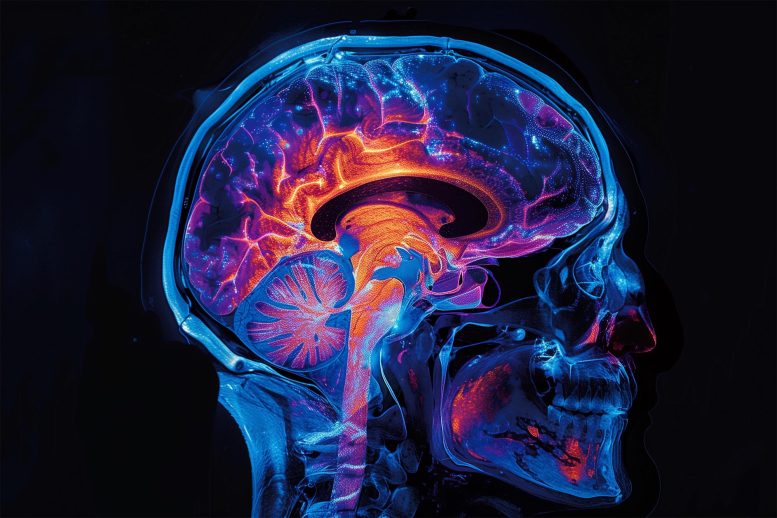
A breakthrough study has uncovered a hidden player in Parkinson’s disease—24-OHC, a cholesterol metabolite that fuels the spread of harmful protein clumps in the brain.
Researchers found that high levels of this metabolite accelerate neuron damage and motor dysfunction, while blocking its production in mice significantly slowed disease progression. This discovery opens the door to potential treatments that target cholesterol metabolism, offering hope for slowing or even stopping Parkinson’s disease at its roots.
Cholesterol Metabolite Linked to Parkinson’s Progression
Researchers from Wuhan University, led by Zhentao Zhang, have identified a cholesterol byproduct that may play a key role in Parkinson’s disease. Their study, published today (February 18th) in PLOS Biology, suggests that this metabolite contributes to two major hallmarks of the disease: the formation of Lewy bodies and the loss of dopamine-producing neurons in the brain. The findings indicate that blocking this metabolite or preventing its production could be a promising strategy for treating Parkinson’s.
How Parkinson’s Disease Spreads in the Brain
Parkinson’s disease occurs when the protein alpha-synuclein (alpha-Syn) forms clumps known as Lewy bodies, which spread between brain cells and eventually lead to the death of dopamine neurons. This study explored what drives the spread of these harmful protein clumps. The researchers focused on 24-hydroxycholesterol (24-OHC), a cholesterol byproduct found in high levels in the brains of people with Parkinson’s. They hypothesize that as 24-OHC levels increase with age, it may be a key factor in disease progression.

Blocking Cholesterol Metabolism Slows Disease Progression
After confirming that 24-OHC levels were higher in the blood of patients with Parkinson’s disease as well as in a mouse model of the disease, the researchers blocked its production in the mouse model by knocking out the enzyme that creates it from cholesterol. This reduced both the spread of the harmful alpha-Syn fibers and the damage to the dopamine neurons in the critical part of the brain.
Further experiments with neurons cultured in a dish showed that the addition of 24-OHC caused normal alpha-Syn to change into harmful alpha-Syn fibers. Injecting mice with these fibers led to a greater spread of Lewy bodies, more dopaminergic neuron degeneration, and greater motor deficits than did injecting them with alpha-Syn fibers formed in the absence of 24-OHC. Drugs that prevent cholesterol from being converted to 24-OHC might therefore be an effective treatment for the disease.
A New Therapeutic Target for Parkinson’s Disease
The authors add, “Our findings indicate that the cholesterol 24-hydroxylase CYP46A1 plays a pivotal role in the progression of α-synuclein pathology in Parkinson’s disease, highlighting its potential as a therapeutic target for Parkinson’s disease.”
Reference: “The cholesterol 24-hydroxylase CYP46A1 promotes α-synuclein pathology in Parkinson’s disease” by Lijun Dai, Jiannan Wang, Lanxia Meng, Xingyu Zhang, Tingting Xiao, Min Deng, Guiqin Chen, Jing Xiong, Wei Ke, Zhengyuan Hong, Lihong Bu and Zhentao Zhang, 18 February 2025, PLOS Biology.
DOI: 10.1371/journal.pbio.3002974
Never miss a breakthrough: Join the SciTechDaily newsletter.
4 Comments
Very interesting and intelligent information for normal human life and people’s can understand who we can prevent our brain
Thank u
From the directors of the movie “Wuhan: Games of Plandemic”, their new magnum opus: “Eat crickets and swallow statines”.
What a way to go!
Let them all die!
The only solution is detailed in youtube:
TOP DOCTORS HEALTH AND BEAUTY SECRETS
Thanks for the news. Looking forward to new and more effective treatments and lord willing one day a cure.